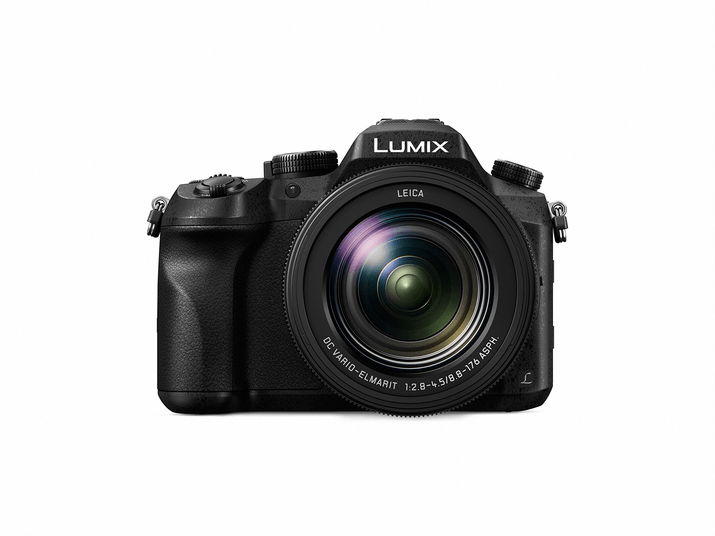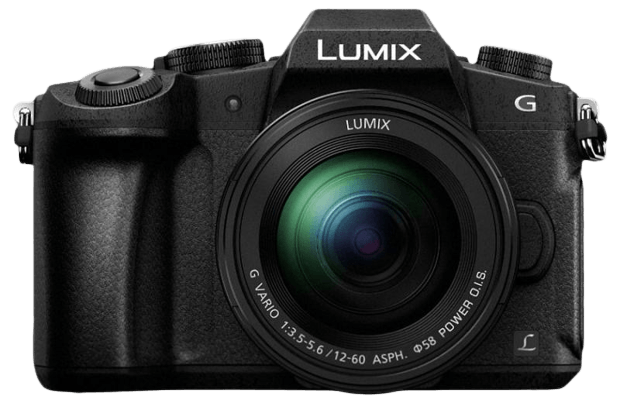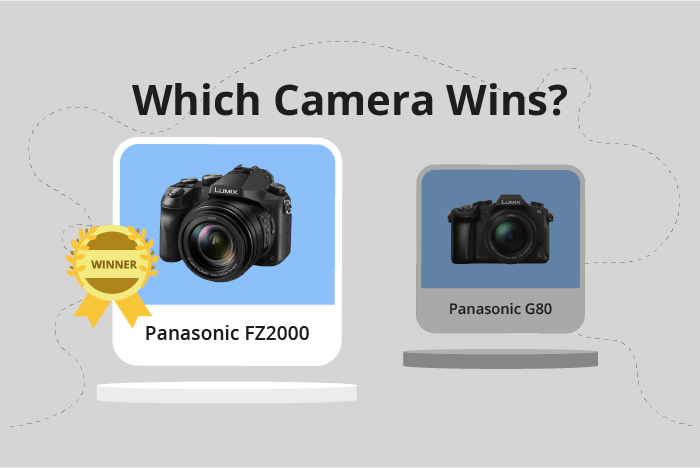Panasonic Lumix DMC-FZ2000 / FZ2500 vs Lumix DMC-G80 Comparison
Panasonic Lumix DMC-FZ2000 / FZ2500

Panasonic Lumix DMC-G80

The Panasonic Lumix DMC-FZ2000 / FZ2500 takes the lead with a score of 63/100, while the Panasonic Lumix DMC-G80 trails behind at 58/100. Both cameras, announced on September 19, 2016, share some common specifications. They were released in the same year, with the FZ2000 / FZ2500 priced at $1199 and the G80 at a more affordable $900.
The FZ2000 / FZ2500, being a bridge camera, has a larger body size at 138 x 102 x 135mm and weighs 915g / 2.02lbs. This extra size and weight might contribute to its higher score, as it offers more features and capabilities. On the other hand, the G80, a mirrorless camera, is more compact and lightweight at 128 x 89 x 74mm and 505g / 1.11lbs, making it easier to carry around and handle.
While the FZ2000 / FZ2500 has a higher score, suggesting it is a better camera, the G80’s smaller size and lower price make it a more accessible option for those on a budget or in need of a portable camera.
Panasonic Lumix DMC-FZ2000 / FZ2500 vs Lumix DMC-G80 Overview and Optics
The Panasonic Lumix DMC-FZ2000 / FZ2500 outperforms the Panasonic Lumix DMC-G80 in optics with a score of 62/100 compared to 57/100. Both cameras share several specifications, including a CMOS sensor type, Venus Engine processor, and image stabilization. However, there are key differences that set these cameras apart.
The FZ2000 / FZ2500 boasts a higher megapixel count at 20, compared to the G80’s 16, resulting in sharper images. Its shooting speed of 12 is also faster than the G80’s 9, allowing for better action photography. The FZ2000 / FZ2500 has a larger 1″ sensor size and a 3:2 aspect ratio, which contribute to its higher optics score.
On the other hand, the G80 has a marginally better DXOMARK sensor score of 71, as opposed to the FZ2000 / FZ2500’s 70. This indicates a slightly better overall image quality. The G80 also features a Micro Four Thirds sensor size and a 4:3 aspect ratio. Its most significant advantage is the Micro 4/3 lens mount, allowing for interchangeable lenses and greater flexibility in shooting situations.
While the FZ2000 / FZ2500 offers superior optics in terms of megapixels and shooting speed, the G80’s interchangeable lens mount provides versatility. Ultimately, the choice between these two cameras depends on the user’s priorities. If image sharpness and capturing fast-paced action are essential, the FZ2000 / FZ2500 is the better choice. However, if lens versatility and adaptability are more crucial, the G80 is a more suitable option.
Panasonic Lumix DMC-FZ2000 / FZ2500 vs Lumix DMC-G80 Video Performance
The Panasonic Lumix DMC-FZ2000 / FZ2500 outperforms the Panasonic Lumix DMC-G80 in video capabilities, with a video score of 69/100 compared to the G80’s score of 56/100. Both cameras share some common specifications, such as 4K max video resolution and the absence of built-in time-lapse functionality.
The FZ2000 / FZ2500 excels in video performance due to its higher max video dimensions of 4096 x 2160 and a higher max video frame rate of 60fps. These specifications enable the FZ2000 / FZ2500 to capture more detailed and smoother footage, making it a superior choice for videographers and filmmakers.
On the other hand, the G80 has a max video resolution of 3840 x 2160 and a max video frame rate of 30fps. While these specifications are still impressive, they fall short in comparison to the FZ2000 / FZ2500. However, the G80 may be a more suitable option for casual users or those who prioritize other features over video capabilities.
In comparing the video capabilities of the two cameras, the Panasonic Lumix DMC-FZ2000 / FZ2500 clearly outshines the Panasonic Lumix DMC-G80. Its higher video score is a result of its superior max video dimensions and frame rate, making it the better choice for those who prioritize video performance. The G80, while still offering impressive video specifications, may be more suitable for casual users or those with different priorities.
Panasonic Lumix DMC-FZ2000 / FZ2500 vs Lumix DMC-G80 Features and Benefits
The Panasonic Lumix DMC-FZ2000 / FZ2500 wins the comparison with a feature score of 70/100, whereas the Panasonic Lumix DMC-G80 has a score of 57/100. Both cameras have several specifications in common, including a 3-inch screen size, a screen resolution of 1,040,000 dots, a touchscreen, a flip screen, GPS, and WIFI connectivity.
The FZ2000 / FZ2500 is superior to the G80 in terms of features, mainly due to its Bluetooth connectivity. This added feature allows for seamless and quick transfer of images and remote control of the camera, which is not available on the G80. This advantage can be crucial for photographers who value convenience and ease of use.
On the other hand, the G80 has some advantages over the FZ2000 / FZ2500. However, these advantages are not reflected in the feature score. It is essential to consider the overall performance and specific needs of the user when deciding which camera is better suited for their purposes.
Taking into account the differences in feature scores and the shared specifications of the two cameras, the Panasonic Lumix DMC-FZ2000 / FZ2500 emerges as the winner in this comparison. Its Bluetooth connectivity sets it apart from the G80, offering more convenience and versatility. However, the G80 may still be a suitable option for some users, depending on their specific needs and requirements.
Panasonic Lumix DMC-FZ2000 / FZ2500 vs Lumix DMC-G80 Storage and Battery
The Panasonic Lumix DMC-FZ2000 / FZ2500 outperforms the Panasonic Lumix DMC-G80 in storage and battery, scoring 35/100 compared to the G80’s 21/100. Both cameras share common specifications, such as having one memory card slot and accepting SD, SDHC, and SDXC memory cards.
The FZ2000 / FZ2500 has a superior battery life of 350 shots, compared to the G80’s 330 shots. Additionally, the FZ2000 / FZ2500 uses a DMW-BLC12 battery and offers USB charging, making it more convenient for on-the-go charging.
On the other hand, the G80 uses a Lithium-ion battery, which is generally lighter and more compact, but it does not support USB charging.
Taking into account the longer battery life and USB charging capabilities, the Panasonic Lumix DMC-FZ2000 / FZ2500 is the better choice for storage and battery performance. Meanwhile, the Panasonic Lumix DMC-G80 offers a slightly more compact battery, but falls short in other aspects.
Alternatives to the Panasonic Lumix DMC-FZ2000 / FZ2500 and Lumix DMC-G80
Are you still undecided about which camera is right for you? Have a look at these popular comparisons that feature the Panasonic Lumix DMC-FZ2000 / FZ2500 or the Panasonic Lumix DMC-G80:

